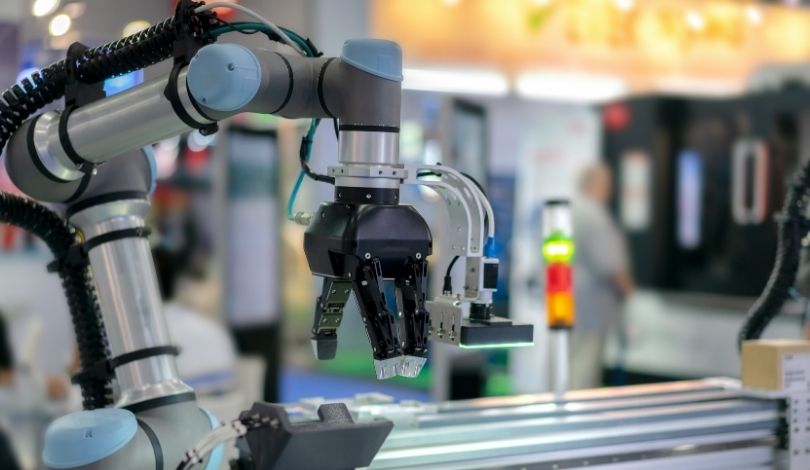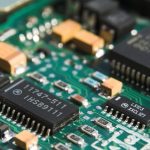In an intriguing article published in Advanced Materials Technologies, the spotlight falls on a novel energy system for compact aquatic robots, inspired by biological digestion. The system, which utilizes microbial fuel cell technology, harnesses organic materials found in water to generate electricity. This innovation is particularly notable for its application of Bacillus subtilis, known for its resilience and extended lifespan, and features a biomimetic membrane and locomotion mechanisms that mimic the water strider. These innovations aim to enhance oceanic exploration and marine environment stewardship.
Microbial Fuel Cell Technology
Aquatic mobile robots are increasingly recognized for their potential to transform marine monitoring and exploration within the Ocean Internet of Things framework. One of the most significant challenges these robots face, especially when deployed in remote areas, is achieving energy autonomy. The newly introduced energy system addresses this challenge by employing microbial fuel cell (MFC) technology, which converts organic materials present in aquatic environments into electricity through catalytic redox reactions. This technique enables the robots to sustain themselves using the natural resources available in their operational environment.
To enhance the longevity of the MFC, the researchers have utilized Bacillus subtilis as the anodic biocatalyst. This spore-forming bacterium is known for its ability to survive harsh conditions and reactivate in more favorable environments. This characteristic significantly extends the lifespan of the MFC, making the energy system more reliable for long-term missions.
Biomimetic Innovations
The energy system also incorporates a biomimetic Janus membrane with asymmetric surface wettability. This membrane allows for the selective intake of organic substrates, ensuring a steady supply of nutrients necessary for microbial viability. Additionally, the robot‘s locomotion mechanism is inspired by water striders, which can move efficiently across water surfaces. The robot mimics this movement by using a motor powered by microbial metabolism, fueled by organic nutrients absorbed through the Janus membrane.
Comparing this research with previous information available, earlier aquatic robots often relied on tethered energy sources or bulky batteries, limiting their operational range and duration. Some historic attempts also faced issues with the efficiency of microbial fuel cells, often requiring additional energy sources to sustain operations. The current innovation addresses these challenges by enhancing the efficiency and longevity of the fuel cells through the use of Bacillus subtilis, and by integrating a more effective substrate intake mechanism.
Earlier research in marine robotics also explored various forms of biomimicry, but the integration of multiple biomimetic strategies in a single system, as seen with the combined use of the Janus membrane and water strider-inspired locomotion, marks a significant step forward. These advancements suggest a more sustainable and autonomous operation for aquatic robots, potentially revolutionizing the field of marine exploration.
The introduction of this advanced biomimetic energy system presents a significant development in the field of aquatic robotics. By leveraging natural processes such as microbial metabolism and biomimetic movement, the system offers a self-sustaining solution for marine exploration and monitoring. This innovation not only enhances the efficiency and lifespan of aquatic robots but also reduces their dependency on external energy sources. This could lead to more extensive and prolonged missions, providing valuable data for marine scientists and environmentalists.
Furthermore, the use of Bacillus subtilis and the integration of the Janus membrane for selective substrate intake highlight the potential for future research in microbial-based energy systems. Researchers and developers in the field of robotics and marine sciences can draw valuable insights from this study to further innovate and refine autonomous systems. The advancements made in this research underscore the importance of interdisciplinary approaches in solving complex challenges in marine exploration.










